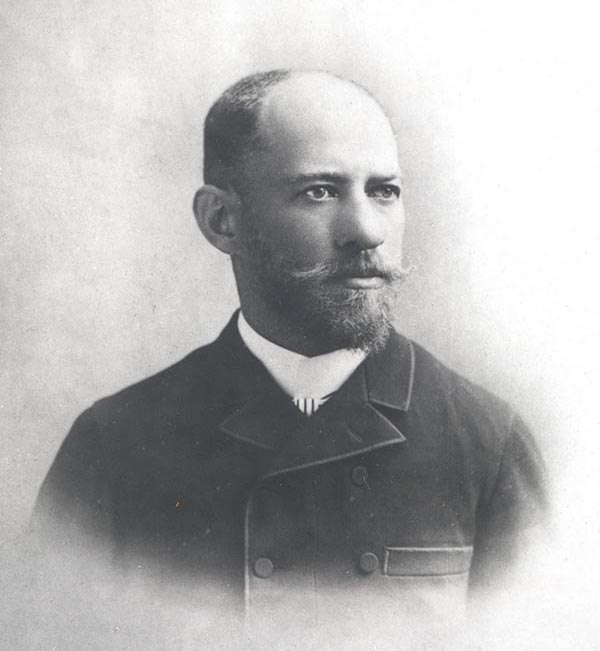
This copy is copyright protected.
Copyright © 2025 Geographicus Rare Antique Maps

Julius (Julio) Popper (December 15, 1857 - June 5, 1893) was a Romanian-Argentine mechanical engineer, adventurer, and a perpetrator of the Selk'nam genocide. Born in Bucharest he was the son of Neftali Popper, an antique merchant and professor, and Perla (Peppi). Popper left home as early as possible, and went to Paris, where he studied mechanical engineering. After graduating, Popper began his life as an explorer, beginning in Egypt and Turkey, and continuing on through India, China, and Japan, before arriving in the Americas. His exact movements have been lost to history, but we know he arrived in Buenos Aires in 1885, after hearing about the Tierra del Fuego gold rush. After seeing the poor planning that went into the active mining claims, he established his own mining exploration company and struck out to strike it rich. Now known as Julio Popper, his company arrived at San Sebastian Bay in during the second half of 1886 and had mined 154 pounds of gold within the first year. As soon as they arrived, Popper and his men clashed with the native Selk'nam peoples. This led to bloody, uneven battles, and as more settlers arrived (including ranchers), the Selk'nam were even more brutally targeted. Between the hatred of the newcomers and the diseases they brought with them (scarlet fever, smallpox, tuberculosis), the Selk'nam were almost entirely destroyed. Popper didn't stop there. He organized his own private army, and even minted his own coins and issued his own stamps. Incredibly, after the market crash of 1890 destroyed the Argentine peso, Popper's coins were seen as a currency. Popper died suddenly at 35, when he was found poisoned in a Buenos Aires apartment. After his death, his empire collapsed. As an aside, it remains unconfirmed but a rumor persists that Popper designed the modern city of Havana, Cuba.
Copyright © 2025 Geographicus Rare Antique Maps | Geographicus Rare Antique Maps

This copy is copyright protected.
Copyright © 2025 Geographicus Rare Antique Maps